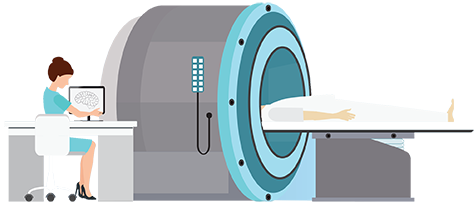

Whether they work in California or another state, radiologic technologists use X-ray equipment to take internal images of the body, providing them to doctors for purposes of diagnosing and assessing patient health. X-rays provide clear images of the bone, showing whether they might be fractured or broken, but can also help doctors to determine if a patient has arthritis or even a lung infection, according to The Mayo Clinic.
Radiologic technologists have many different responsibilities on the job, and, according to the Bureau of Labor Statistics (BLS), these can include:
Radiologist schools in California can train students so that they learn the types of skills they’re likely to need for these jobs. Students looking for a health care field may want to consider radiology technology simply because of the strong potential for employment. Why the job demand? The BLS reports that a growing baby boomer population is increasing the needs for these and other types of health care services and that changes in health insurance law are providing more people with access to care.
Below is a list of some of the schools in California that offer radiologic technologist programs, according to the National Center for Education Statistics.
After completing a radiographic technology program, students will want to begin the licensing process in the state. Licensing is required in most, but not all states, and the requirements vary from state to state. In California, passing the state exam or the national exam offered through the American Registry of Radiologic Technologists (ARRT) is part of the licensing process. Students may also want to ensure that they have graduated from a school program accredited by the Joint Review Committee on Education in Radiologic Technology (JRCERT), since graduation from an accredited program is so often a step in state licensing.
Once students obtain their license in California, they will need to renew it every two years. This can be done by completing 24 continuing education hours in a two-year period. In California, four of these hours need to be completed specifically in digital radiography, according to the American Society of Radiologic Technologists (ASRT). Students can also go on to work toward certification in specific areas of radiology, such as mammography and bone densitometry, and find certifications available through the ARRT.
Below are the number of people employed and the average annual salaries for five common radiology jobs in California. Wages may vary by employer and by which part of the state you live in.
| Career | Total Employment | Annual Mean Wage |
|---|---|---|
| Cardiovascular Technologists and Technicians | 4,550 | 72,750 |
| Diagnostic Medical Sonographers | 6,380 | 91,700 |
| Magnetic Resonance Imaging Technologists | 3,460 | 87,520 |
| Nuclear Medicine Technologists | 1,590 | 109,980 |
| Radiologic Technologists | 18,140 | 77,650 |